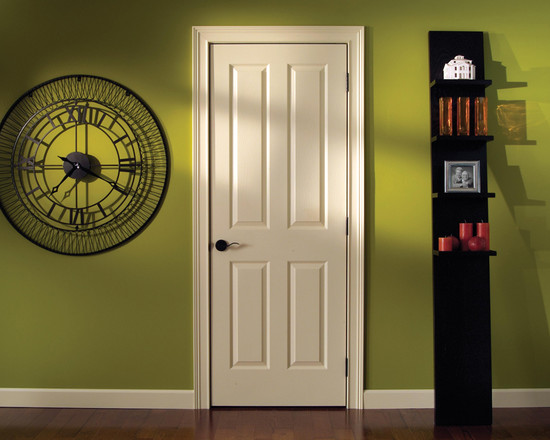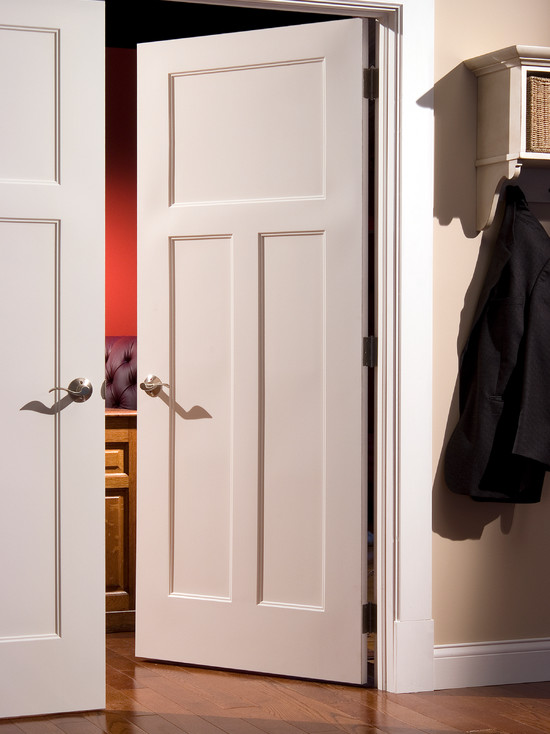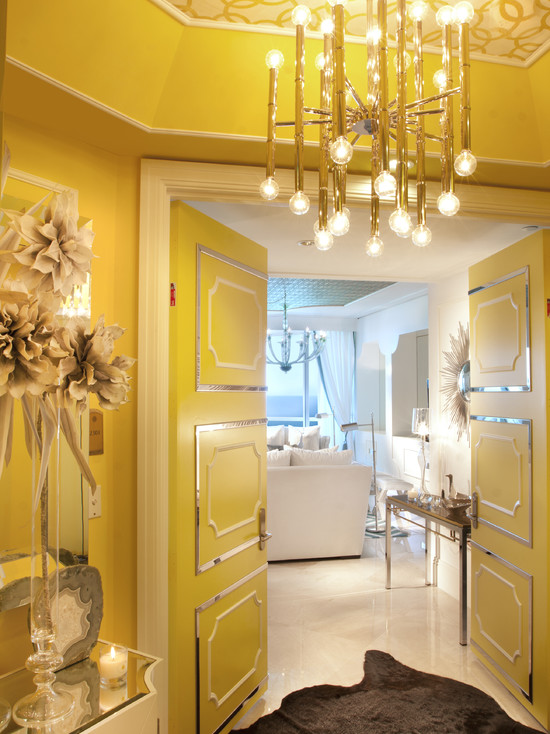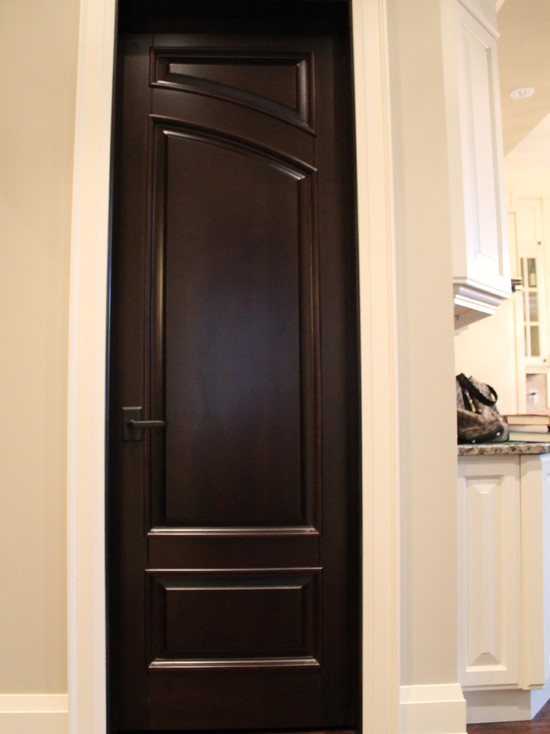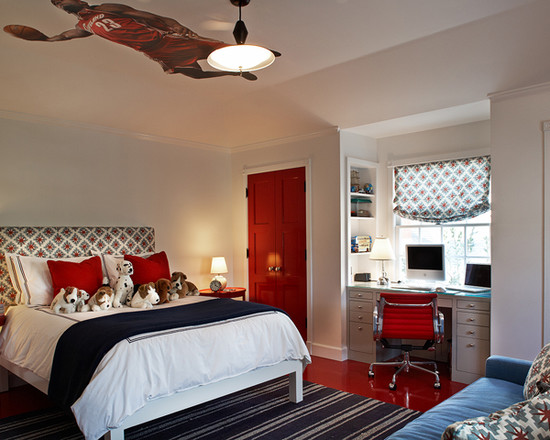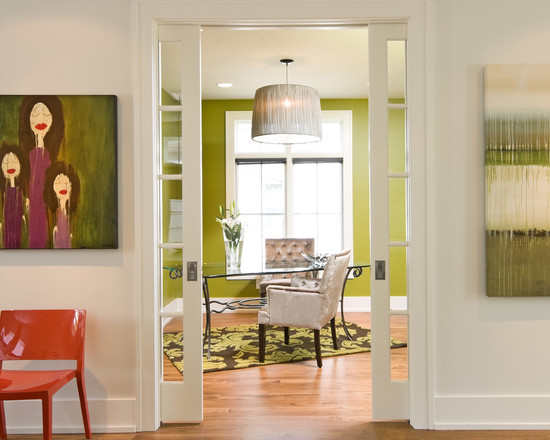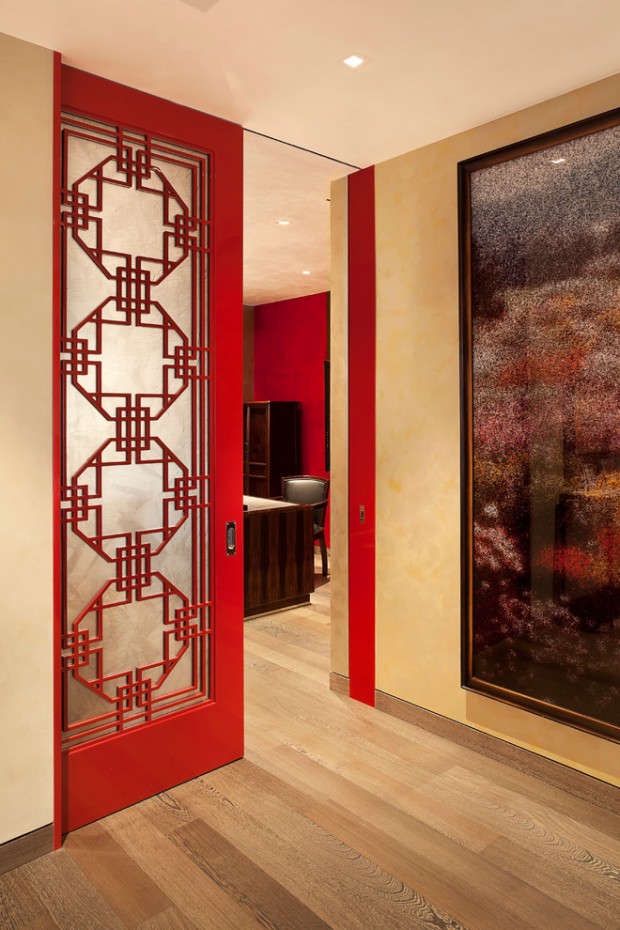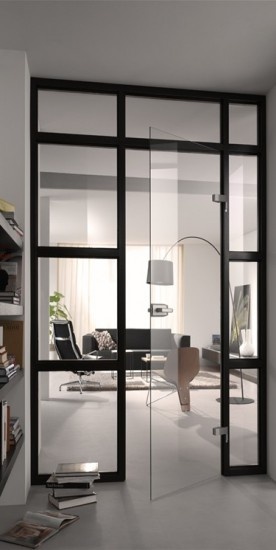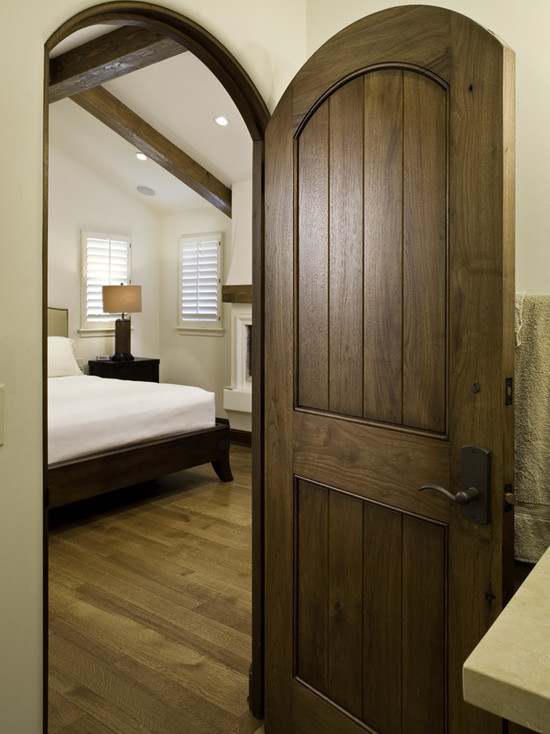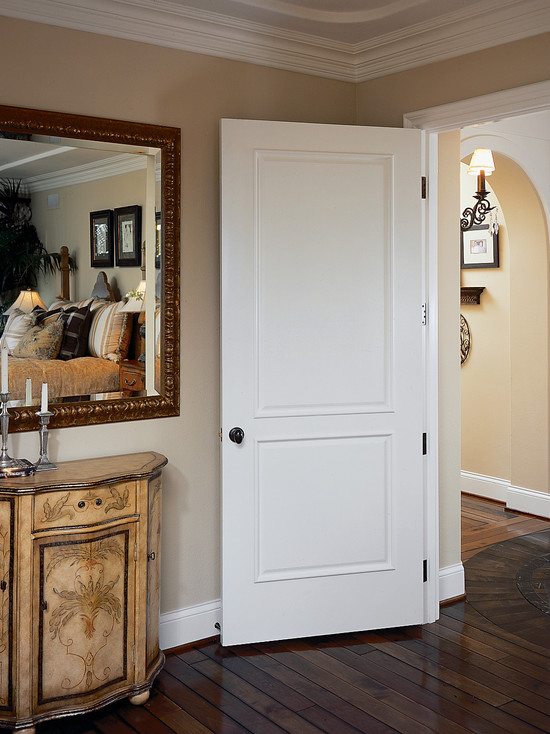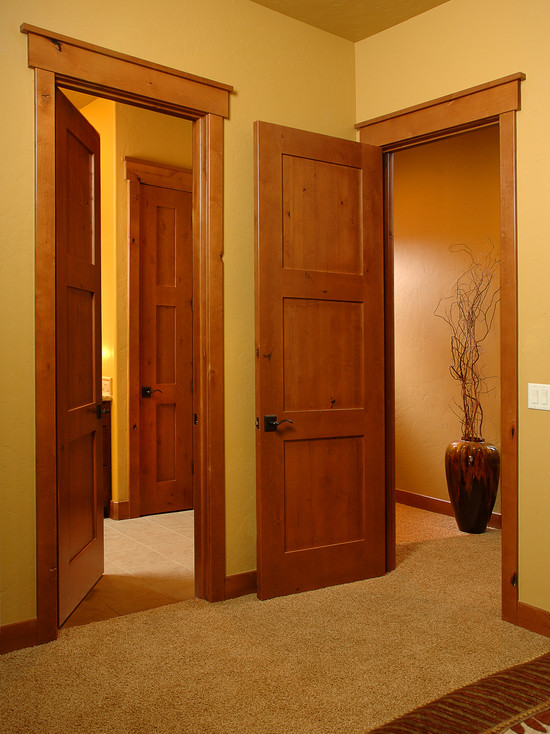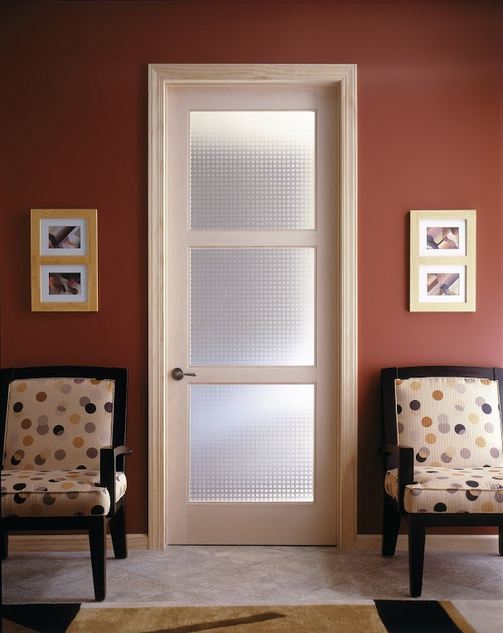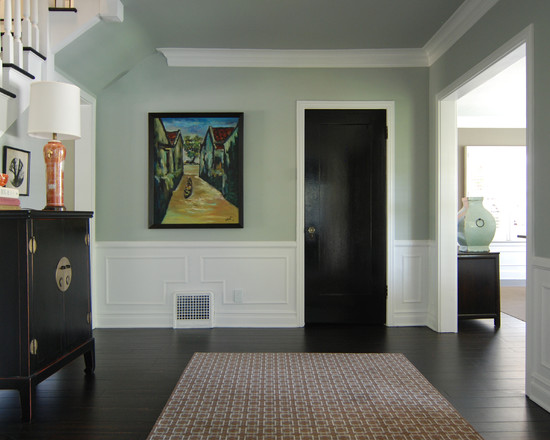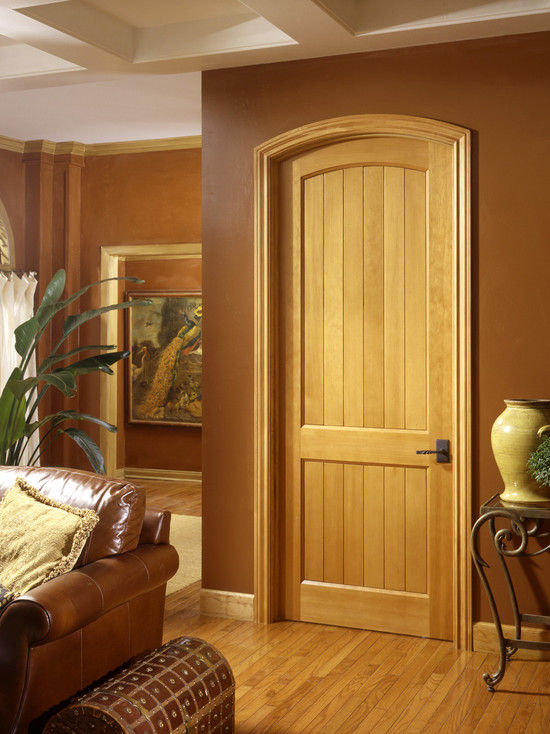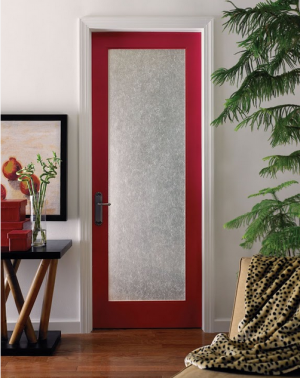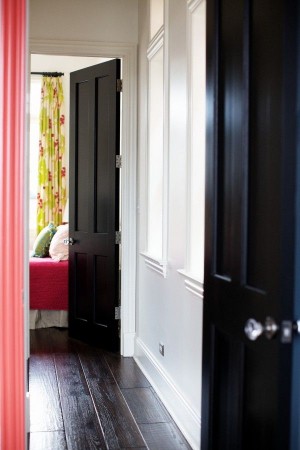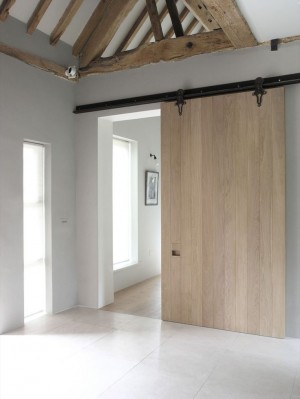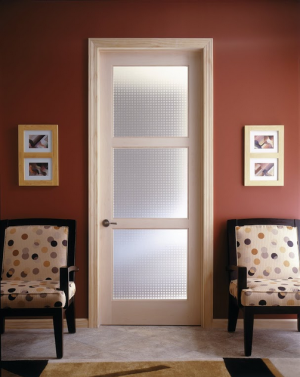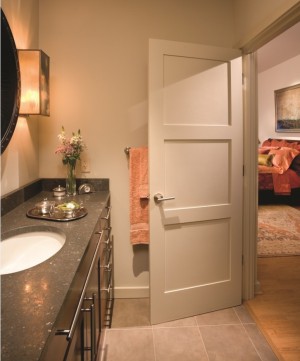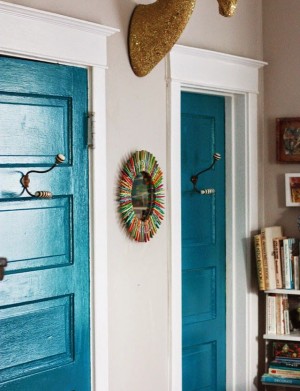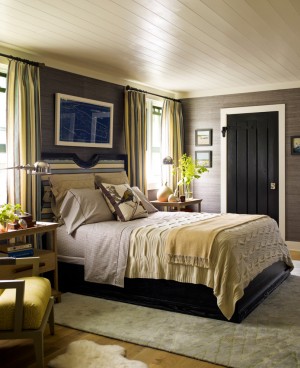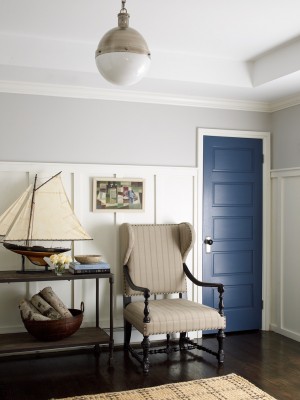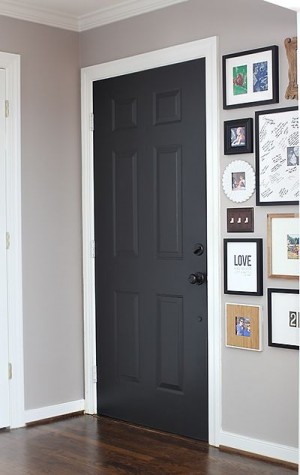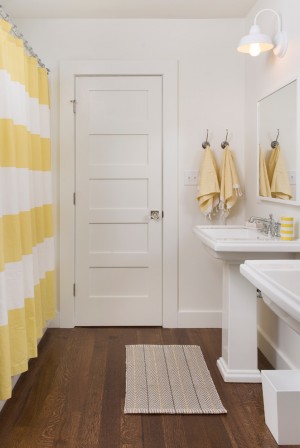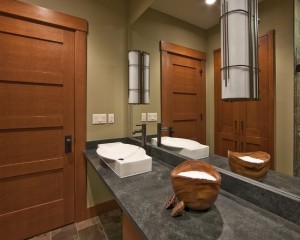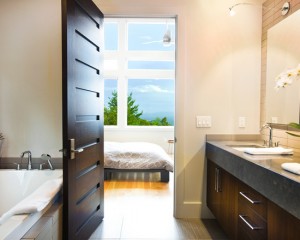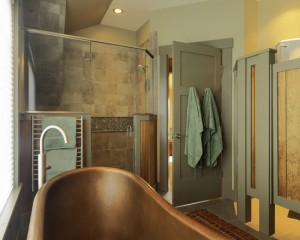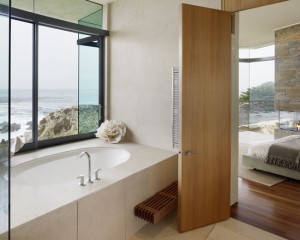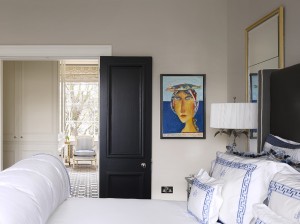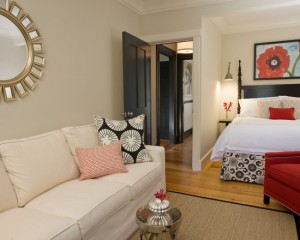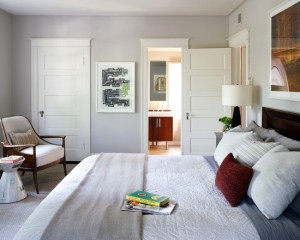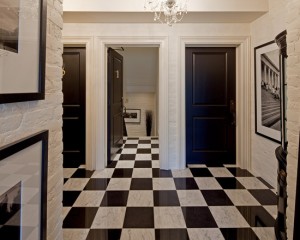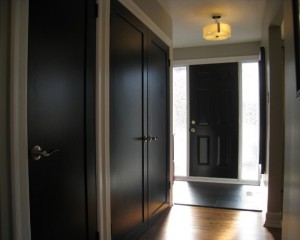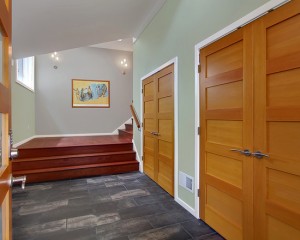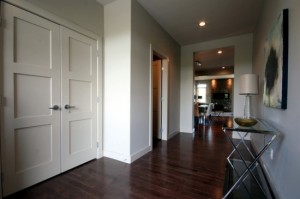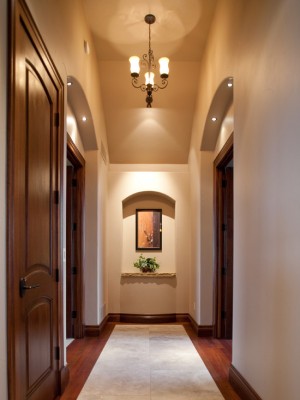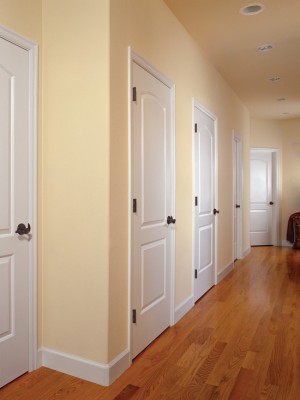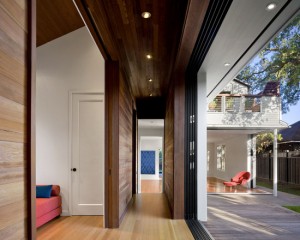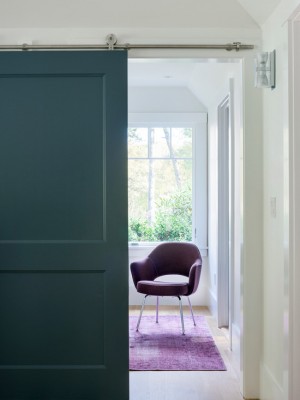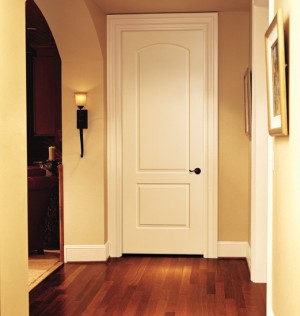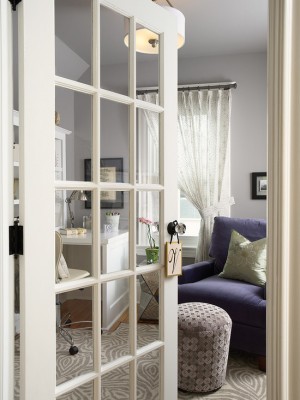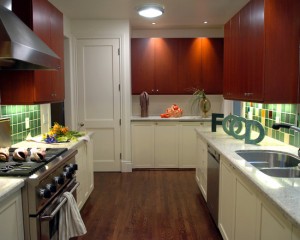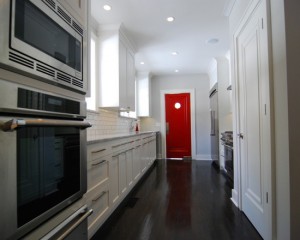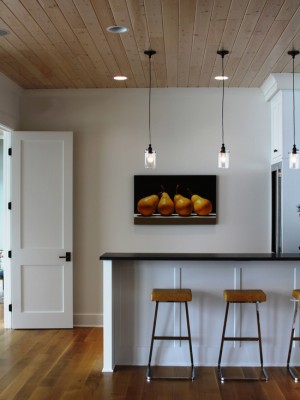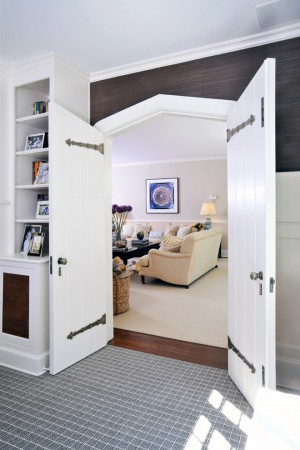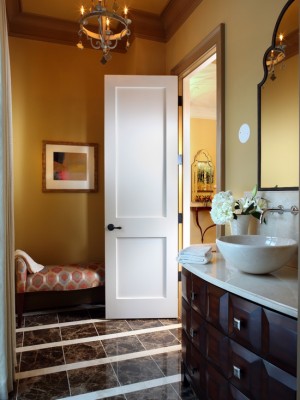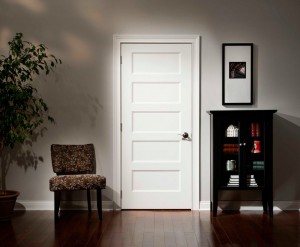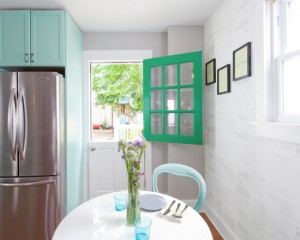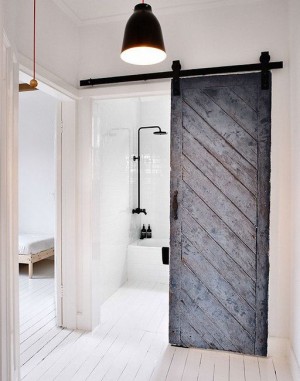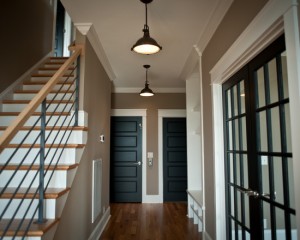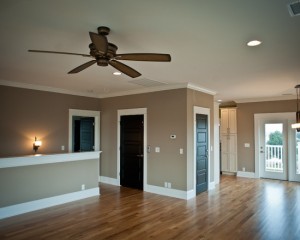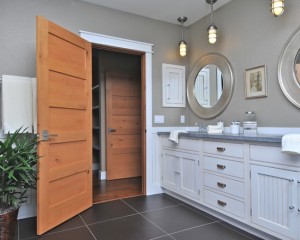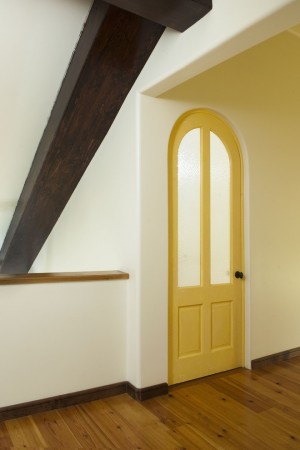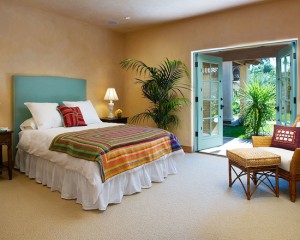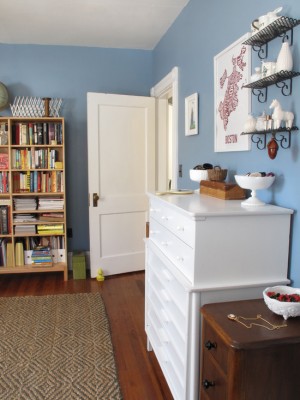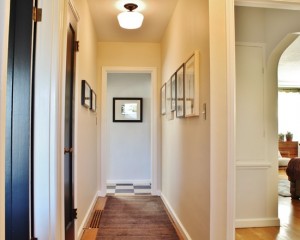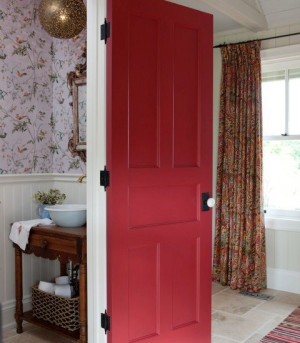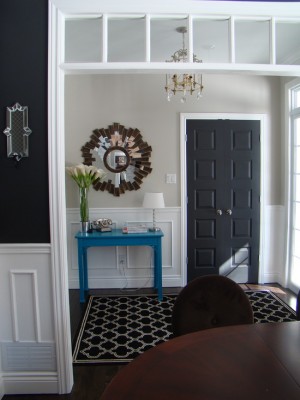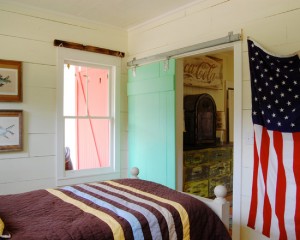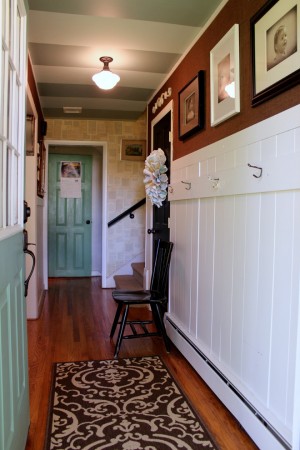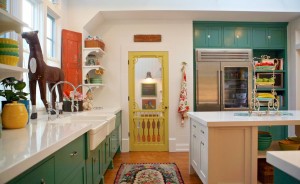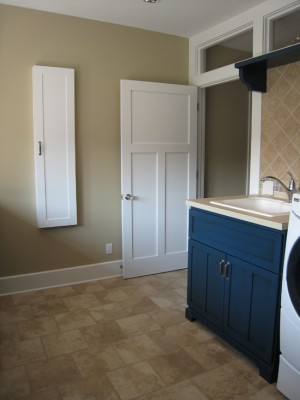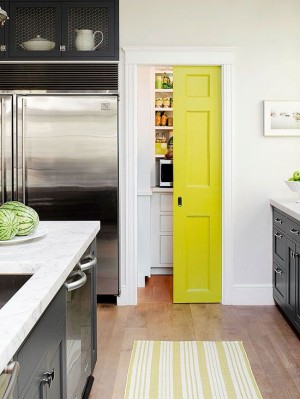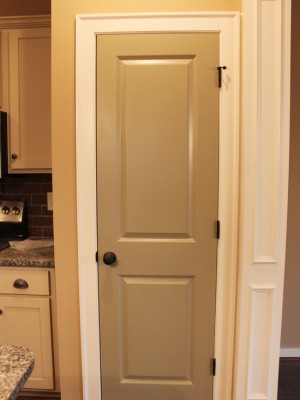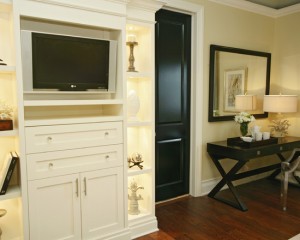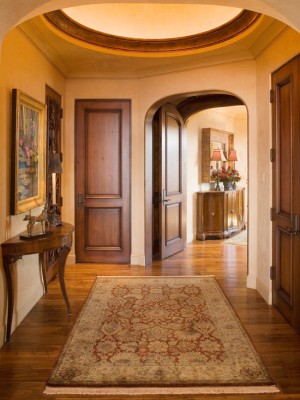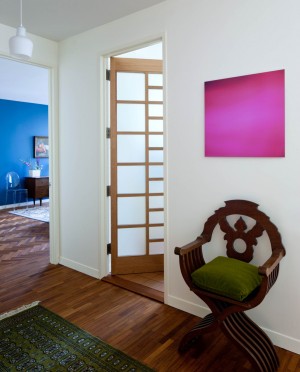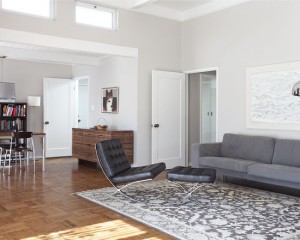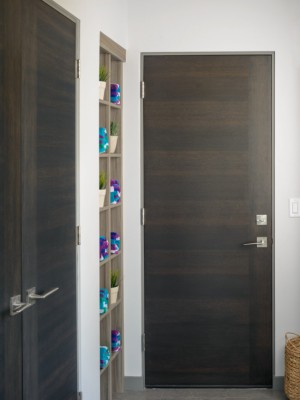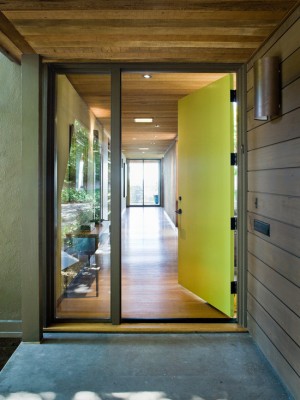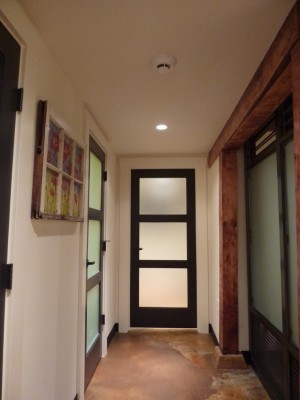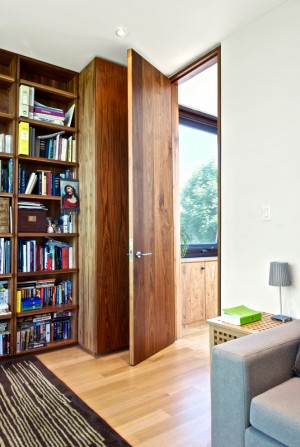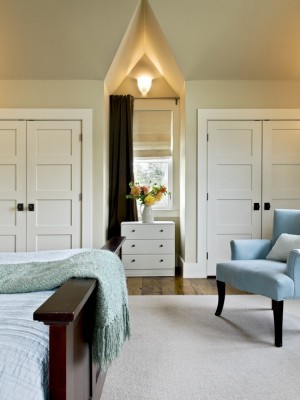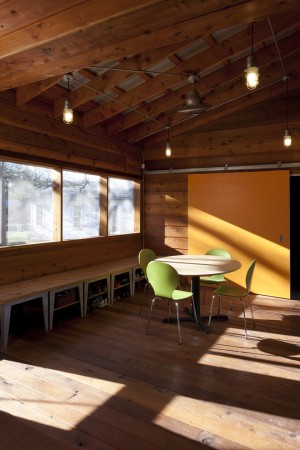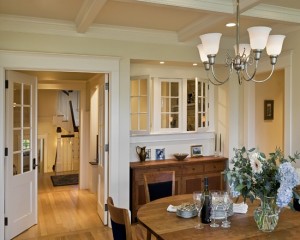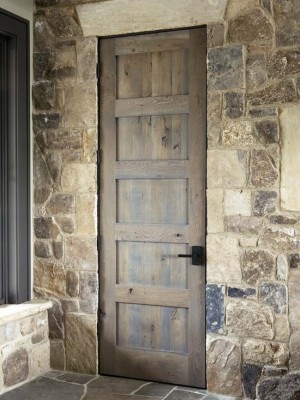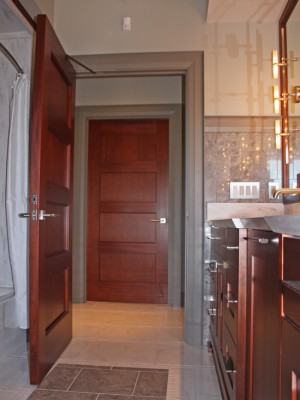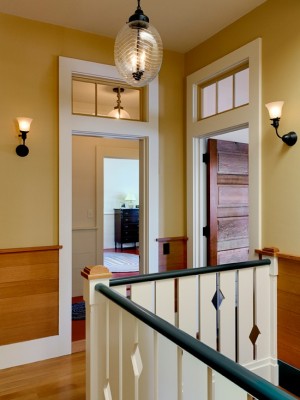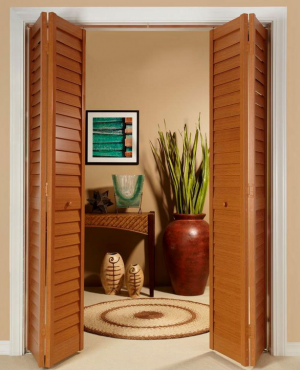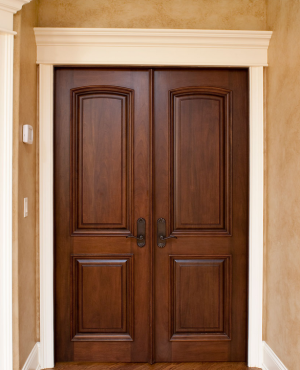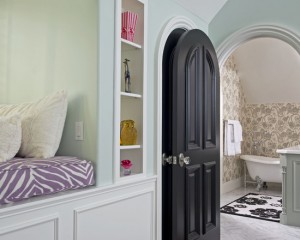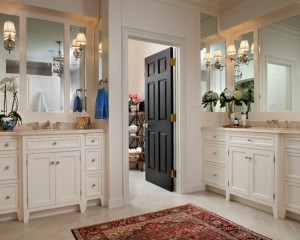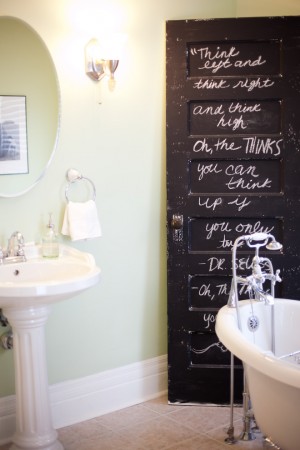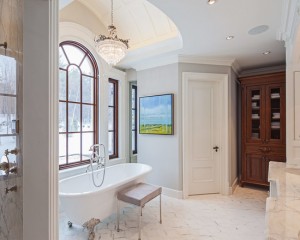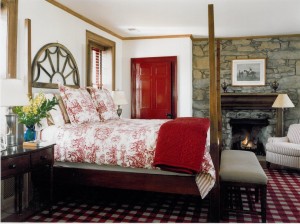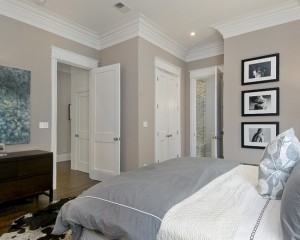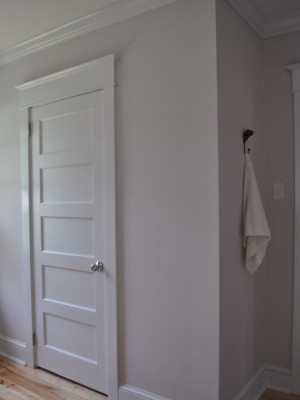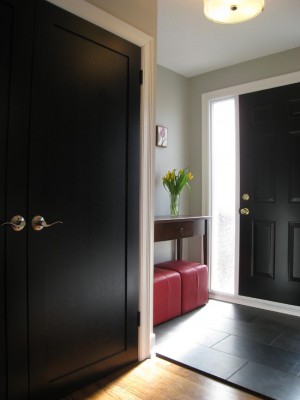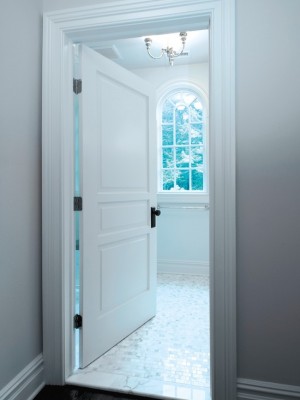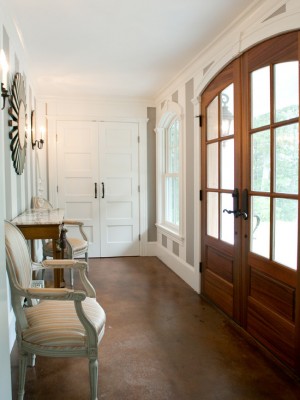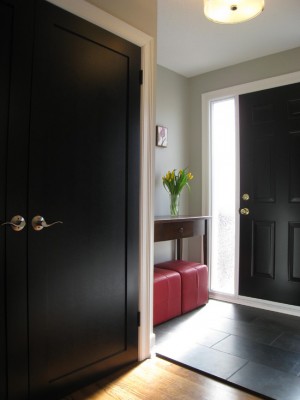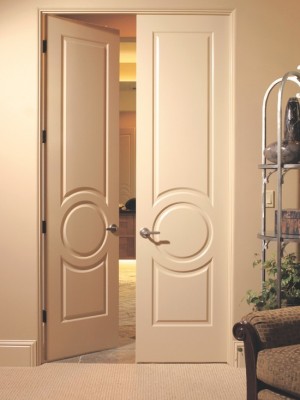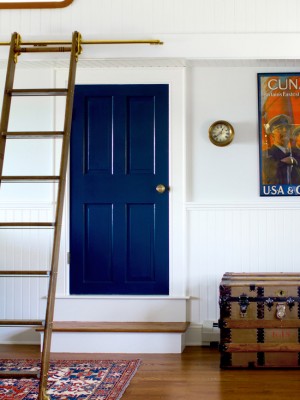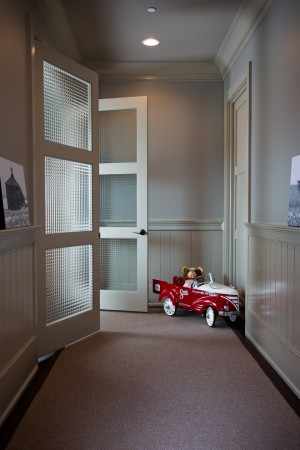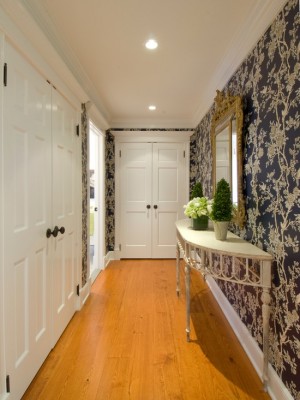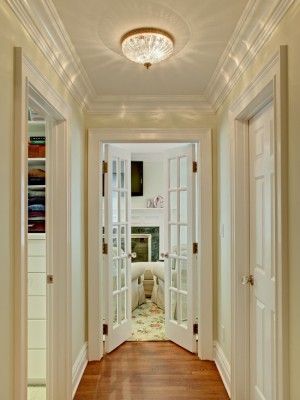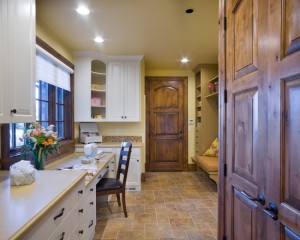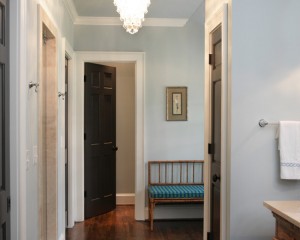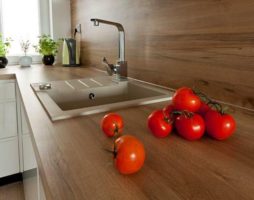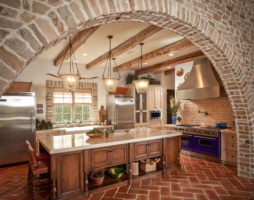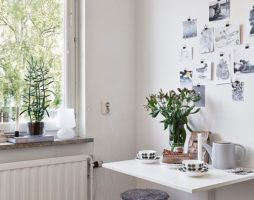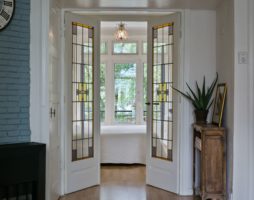Interior doors - an important element that forms the appearance of the interior, the level of comfort in the house, and how expressive the design will be, largely depend on which ones are chosen. How to choose interior doors that best suit the interior of the room, from the variety offered by modern manufacturers?
It is not easy even for adherents of the classics to choose - along with the traditional types of interior doors, many innovative developments have appeared that have undoubted advantages and are very diverse both in design and design.
Which design to choose?
The design of interior doors is determined, first of all, by the opening mechanism, you can choose:
- swing;
- sliding;
- sliding type "mini-van";
- folding.
Most often, traditional interior doors are chosen - hinged, and this is understandable: they are the most familiar and, by virtue of this, are comfortable. Moreover, the design features, materials, design methods make it possible to adapt them to almost any interior.
However, the great interest in new designs, sliding and folding interior doors, suggests that their appearance is not just the implementation of fresh design ideas. Their widespread use is due to new realities - the lack of living space or the need for zoning in open-plan apartments.
Sliding and folding interior doors, unlike swing doors, take up less space when opened (or do not take up at all). They do not interfere with the arrangement of furniture and movement around the apartment - and this is extremely important for modern small spaces. If we talk about the popular free layout, about studios, then such doors perform an additional function of temporary partitions in them, allowing you to effectively zone the room.
A wide choice of materials and ways of decorating the door leaf allows the use of sliding and folding interior doors not only in modern style interiors, but also in classic ones.
Traditional swing
Traditional doors - hinged - are divided into:
- single leaf;
- bivalve;
- swinging or pendulum (opening both inward and outward).
Single leaf doors are convenient due to their familiarity, simplicity of design. They are very diverse in design and can be used in modern and classic interiors. They are able to decorate a classic living room or dining room in the spirit of old England or Spain, and modern, in the directions of art deco, eclecticism or chebi-chic. If the canvases of double-leaf doors are made of modern materials - glass, plastic, veneered canvas, this deprives them of a touch of historical exclusivity and allows them to be used in any modern interiors.
It makes sense to install double-leaf interior doors only in very spacious apartments, since they require a significant area (about 2 sq.m.) to open them, and when choosing them, you must take into account that you will have to “sacrifice” part of the wall, which will affect the placement of furniture. Sometimes their choice is predetermined by design - wide, high double-leaf interior doors are an indispensable attribute of interiors in the Empire, Baroque, and Rococo styles.
As often happens, there is an opportunity to choose a compromise option - one-and-a-half double-leaf interior doors, in which one leaf is narrower than the other. They can be used as single or double sided. Usually, a narrow sash is opened only in special cases - when there are guests in the house, or when it is necessary to move large furniture.
A special type of swing doors - swinging. They open in both directions, and usually retain their neutral closed position due to gravity - the jamb on which the hinges are attached is slightly tilted into the opening. Pendulum interior doors are usually used as office doors, but they can also be chosen for decorating rooms in an industrial style - loft or techno.
When choosing swing interior doors, you need to remember that even opening a single-leaf door requires about one square meter of free space. Sometimes they just block the passage, as happens in a narrow corridor. For such small apartments as Khrushchev, designers recommend choosing more compact interior doors - sliding or folding.
Modern sliding
Sliding interior doors are the embodiment of functionality, a hallmark of minimalism, they are usually chosen when decorating modern interiors. They move on rollers fixed on the top rail. The prototype of such structures are light sliding partitions a traditional Japanese dwelling, where, in fact, it was a part of the wall that moved to the side.
It is not surprising that in an age of shortage of living space, an abundance of small city apartments, they have become incredibly popular. Such interior doors are chosen by both owners of small spaces and spacious studios, in which sliding partitions allow you to zone the space, acting as light walls and temporary walls.
A variety of materials and decorative elements of interior doors allows you to choose those that will successfully fit into the interior.
Sliding interior doors move either along the wall or into the space inside the wall. In this regard, there are some inconveniences: in the first case, it is impossible to place furniture along this part of the wall, and in the second case, the hollow wall does not absorb sounds (on the contrary, it works like a resonator), so you have to take care of additional sound insulation.
Invisible minivan
A special class are sliding doors, which use an opening mechanism similar to what we see in mini-buses. To open them, you must first pull them towards you, and then move them to the side. Sometimes they are chosen to make invisible interior doors, which, when closed, are integral with the wall.
The disadvantage of this design is that the part of the wall where the mini-van moves should be free from furniture.
Folding "accordions"
If the room is small, or the interior door "in combination" should play the role of a partition, if necessary, removed completely, choose structures that fold like an accordion. This is a great solution to separate and combine the kitchen and dining room, living room and bedroom, living room and dining room.Why install a narrow door where sometimes you just want to combine two rooms into one?
Folding structures are often chosen where there is not enough space even to roll back a sliding interior door.
back to index ↑Choose a design
Having decided on the design of interior doors, you need to choose the right type of canvas. It is this choice that to a large extent determines the design of the interior door and its role in interior design - whether it will become invisible or a juicy accent, or maybe it will go into dissonance with the general concept, which, of course, is undesirable. When choosing interior doors, pay attention to the material and finish of the canvas.
back to index ↑Door leaf types
The canvas of interior doors is chosen from four types:
- shield;
- paneled;
- whole glass;
- metal-plastic.
Shield
The shield canvas is a smooth shield, rarely with decorative overlays, even more rarely with a relief (we will talk about exceptions below).
It is based on a frame made of wooden beams, it is better if it is made of glued beams. The frame is sheathed with MDF boards, laminated fibreboard (MDF) or fiberboard for painting. Empty cavities are filled either with wooden blocks or with a honeycomb structure made of fiberboard or cardboard (honeycomb filling).
A special kind of panel boards are masonite canvases, to which manufacturers give the relief of paneled ones by crimping.
Sometimes shields are pasted over with veneer or decorated with overhead parts imitating panels. A panel door can be decorated with glass inserts, frames, imitation binding, while its price increases significantly.
Shield fabric is the cheapest. Used in both swing and sliding doors. Panel interior doors are chosen when the low cost of repairs is essential, or when the interior design involves the most concise designs.
Paneled
It is made of a frame and binding - horizontal, vertical, solid wood. Thus, this construction is divided into several mullions, each of which has a wooden frame and filling. As filling - panels - are plates of solid wood, plywood, chipboard, fiberboard, frosted or transparent glass, stained-glass windows.
The highest quality solid wood paneled doors are assembled not with glue, but with special spiked joints.
The quality also depends on the type of wood. Conifers are classified as the least quality. For interior doors, it is recommended to choose walnut, teak, oak and hornbeam - noble wood, which is distinguished by both durability and decorative qualities.
Paneled sashes are distinguished by the richness of the binding pattern, carved frames and a variety of inserts (panels). These are expensive, but expressive doors, without which it is impossible to imagine historical interiors and country, including Provence. Moreover, for Provence and Chebi-Chic, they use a special technology of multi-layer coloring - artificial aging.
Traditionally, a paneled leaf is chosen for swing doors, but it can be successfully used for sliding doors, and even in folding ones (accordions), due to the successful combination of strength and weight.
all glass
Glass door leaf without frames and frame is made of thick tempered glass. In residential premises, transparent glass is rarely used, more often frosted or with a sandblasted pattern.
Visual lightness, a freely penetrating stream of light, make them attractive to designers who choose them for high-tech, techno, minimalist rooms.
Despite the fact that the strength of tempered glass is beyond doubt, it is better not to choose all-glass interior doors for a house where there are small children - how and who can predict their pranks?
metal-plastic
This is a sheet of aluminum profile coated with plastic, glass or double-glazed windows - as a filling. They are usually used for offices, in residential premises it is almost never used, except perhaps for access to the loggia. However, nothing prevents you from choosing metal-plastic interior doors for the implementation of some original design project in a modern style, where they are durable, moisture resistant, with good sound insulation, although modest in terms of decoration, will come in handy.
back to index ↑How to choose interior doors?
What should be remembered when choosing interior doors to an apartment designed in a certain style? There are design directions that are extremely demanding on their design and decor.
- Empire, baroque, rococo look complete when double-leaf swing doors are installed - one of the key elements of decor.
- For ethnic styles, rooted in the traditions of the Old and New Worlds - country, Provence, Mediterranean, German - they choose swing single-leaf, and for Provence and Mediterranean - artificially aged, as if repainted many times and faded in the sun.
- Pop art and loft are not so categorical regarding the design of interior doors, but it so happened that the bright red hinged paneled panel has become the hallmark of these styles.
- Panel sliding panels are an essential attribute of minimalism, as well as an interior in an oriental (Japanese) style.
- Folding accordion doors and light sliding doors fit perfectly into the safari style.
- Hi-tech is demanding on materials. Interior doors can be of any design, but the choice of material must be meticulous - only plastic, glass or metal, with a smooth, shiny surface. Choosing a wooden paneled interroom door means destroying the high-tech image.
In most cases, the material and decor of the canvas is more important than the design of the door.
What if the interior design involves a swing interior door, and for certain reasons you have to choose a folding or sliding door? In this case, it is useful to remember that what is important in the interior is not historical authenticity, but a certain atmosphere, a game according to the rules of style. If you choose a sliding one, but from a paneled canvas decorated in the spirit of antiquity, this will help reconcile the Empire style interior with a modern lifestyle.
back to index ↑Single design or "patchwork quilt"?
When and how to choose interior doors - before the development of a design project or at the final stage? There is one important point that proves that this should be done at the concept development stage. Think about the interior of the hallway and the corridor - what they will be like if the paneled double doors from the Baroque living room, the aged Provence bedroom and the high-tech glass kitchen “meet” here. A strong argument for not decorating rooms in "conflicting" styles, isn't it?
back to index ↑Photo gallery - interior doors in the interior:
